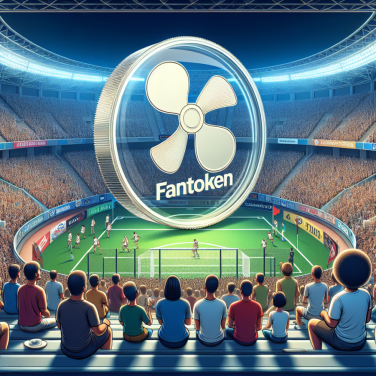Bringing Punchball Back: Creating Multigenerational Playground Fun
In recent years, there’s been a growing movement to bring punchball back into the playground sphere, with aficionados of the game advocating for its revival as a way to bridge generational gaps and encourage physical activity among people of all ages. The game, which enjoyed significant popularity in the mid-20th century, resembles baseball in many ways, but it's played with a rubber ball and without bats, making it highly accessible and reducing the need for expensive equipment.
One of the key strategies to reintroducing punchball to younger generations is through school physical education programs. By incorporating punchball into their curriculum, PE teachers can teach kids the basics of teamwork, hand-eye coordination, and fair play. This not only aligns with educational goals but also provides a platform for a game that's easier for children to pick up and play, even in the absence of a formalized baseball diamond.
Furthermore, community events can play a pivotal role in the resuscitation of punchball. Organizing local tournaments and punchball days in parks can attract participants from different age groups, creating a fun and competitive atmosphere that appeals to both young and old. By doing so, communities can foster a sense of unity and nostalgia, as older generations share their experiences and techniques with youngsters, creating a shared bond through the game.
In order to appeal to a wide range of players, modifications to traditional punchball rules can be made to accommodate various skill levels and physical abilities. This inclusivity is paramount in making sure that everyone who wants to can enjoy the game. For instance, distances between bases and the force necessary to 'punch' the ball can be adjusted to ensure that the game remains engaging and challenging for all players.
Safety is also a concern that can be addressed with modern innovations. The use of softer, more forgiving balls and the implementation of clear safety guidelines can help protect participants from injuries, making the game suitable for school environments and public playgrounds alike.
Moreover, integrating technology can also contribute to the punchball revival. Apps and social media can be used for organizing games, sharing punchball-related content, tracking scores, and building a community around the sport. Through the power of digital engagement, punchball enthusiasts can connect, share stories, celebrate achievements, and coordinate local and even global punchball events.
To ensure that punchball makes a sustained comeback, it’s essential to create and share resources that can help educate and excite individuals about the game.
Read also:
Urban Muscle: Unleashing Potential with Street Workout
Rediscovering the Joys of Punchball: How to Play the Timeless Game
Rediscovering the Joys of Punchball: How to Play the Timeless Game
Punchball is more than just a game; it's a nostalgic journey back to the simplicity and fun of schoolyard activities. For those new to the game or returning after years away, learning how to play punchball is straightforward and enjoyable. In this section, we will delve into the basic rules, required equipment, and variations that make punchball a versatile game for players of all ages.
To begin, punchball is akin to baseball or softball, but without the need for a bat. Instead, players use their fists to punch the ball into play. This fundamental difference lowers the entry barriers for participation, as players do not need specialized equipment or skills to swing a bat.
The essential equipment needed for punchball is minimal: a rubber ball about the size of a tennis ball but softer and a clear space that can serve as the field. Traditional punchball is played on a diamond-shaped field akin to a baseball field, with four bases, including the home plate.
As for the number of players, punchball is highly adaptable. You can enjoy the game with as few as two players or as many as you would find on a traditional baseball team. The game begins with a 'pitcher' rolling or bouncing the ball to the 'batter.' The batter then punches the ball with their fist, aiming to send it into the designated play area. Once the ball is in play, the batter runs toward the bases, similar to baseball.
The defensive team's objective is to retrieve the ball and get the runner out by catching it in the air before it bounces (an automatic out), tagging the runner with the ball, or throwing the ball to a teammate standing on the base before the runner reaches it.
Scoring in punchball can follow traditional baseball rules with runs earned by a player making a complete circuit around the bases and back to home plate. Variations to scoring can be introduced to cater to younger players or to add a challenge for more experienced players, such as assigning different point values for different distances the ball travels.
A quintessential aspect of punchball is 'ghost runners.' When a game doesn’t have enough players for base runners, a batter can announce a ghost runner and the distance that runner has reached. This allows the game to continue even when there aren't enough players to run all the bases.
Punchball also offers flexibility with game duration.




